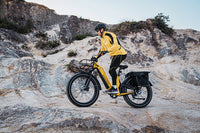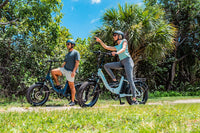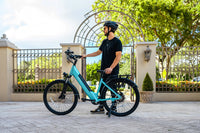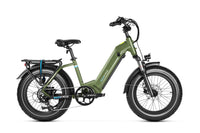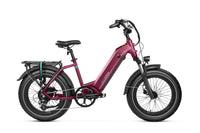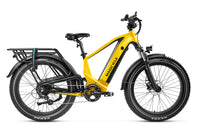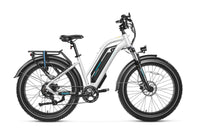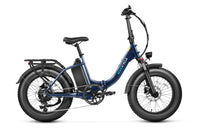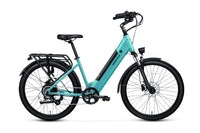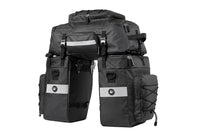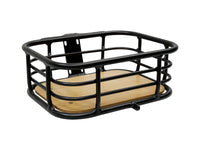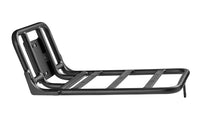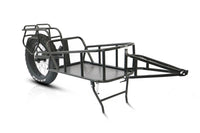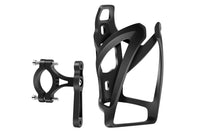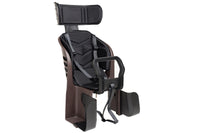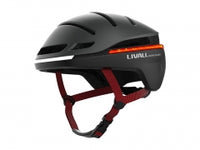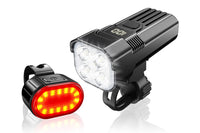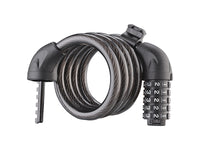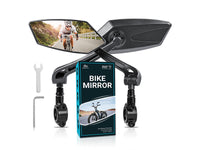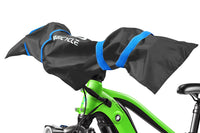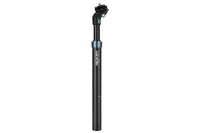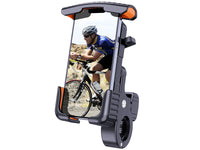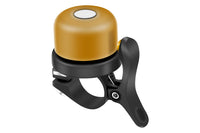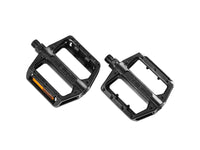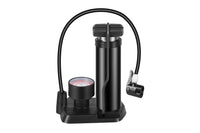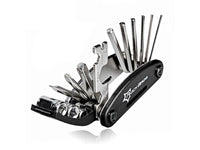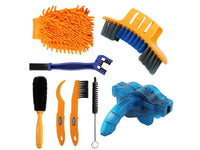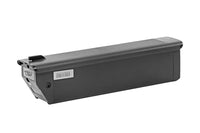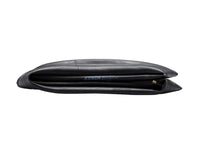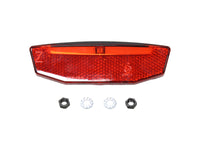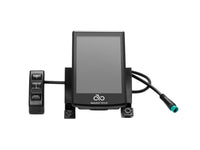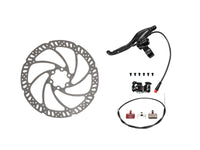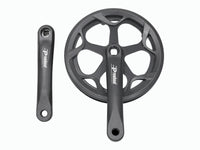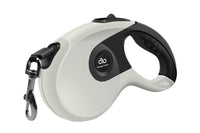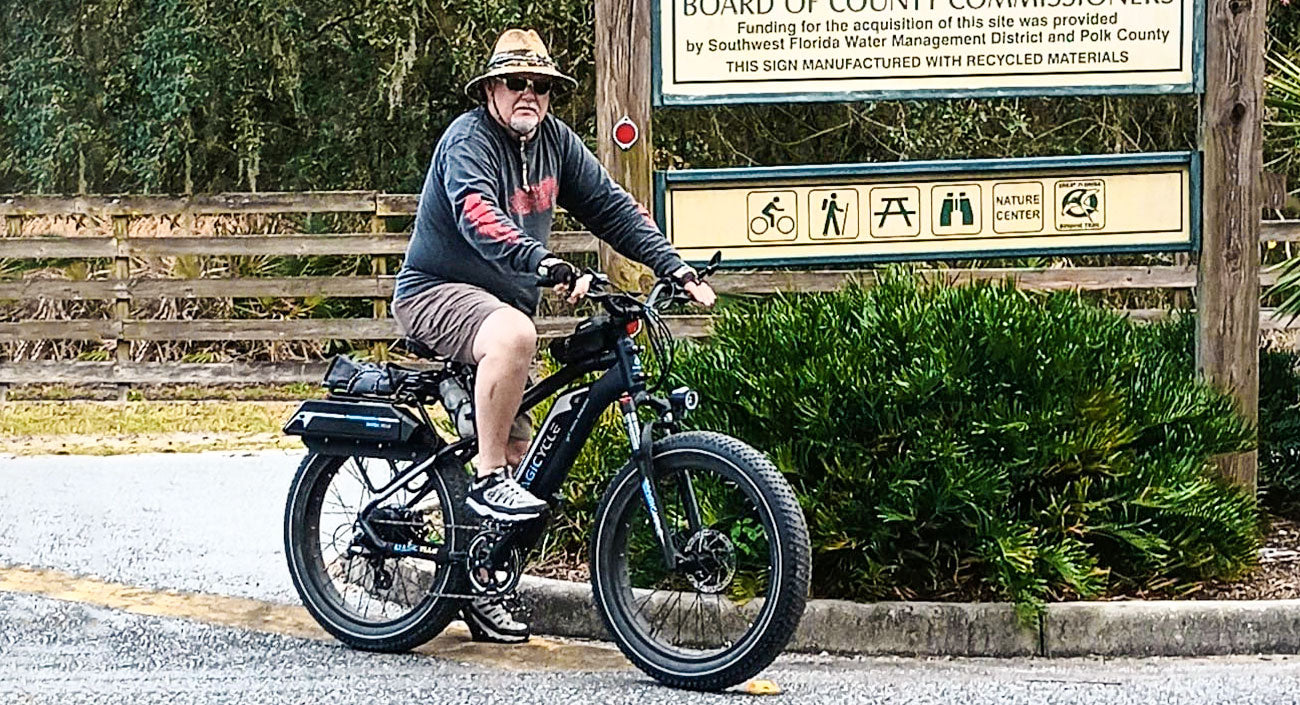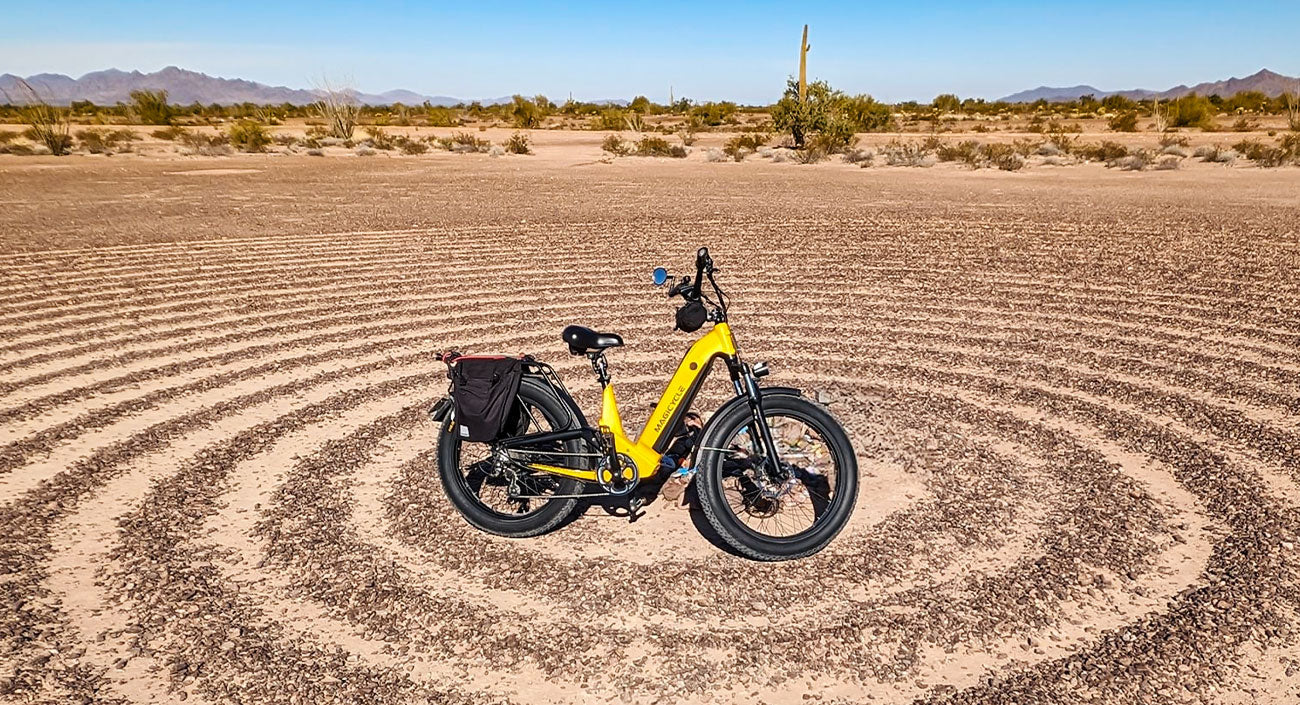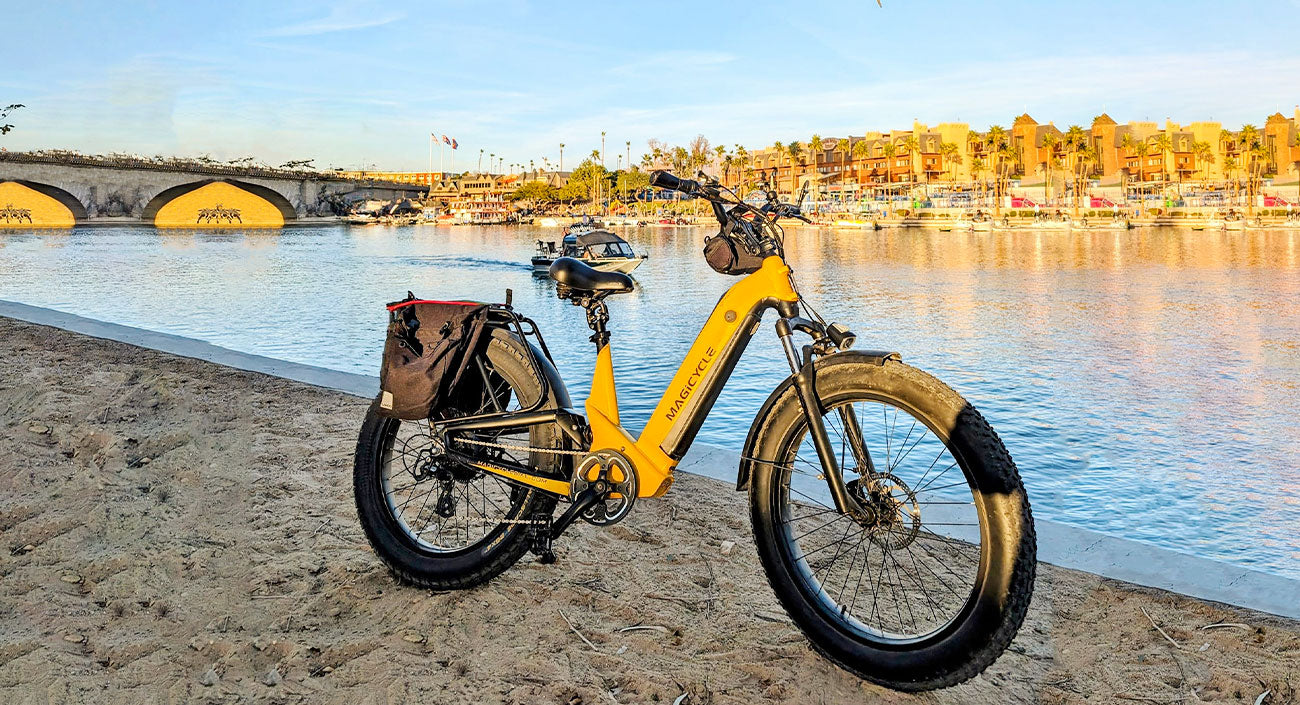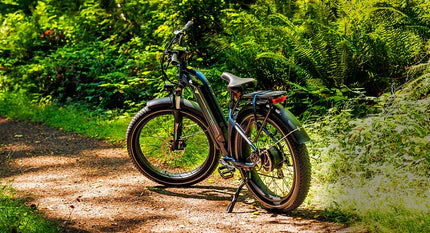 September 25,2024
September 25,2024
 September 25,2024
September 25,2024
Riding an electric bike is a fun and eco-friendly way to get around, providing relief during uphill climbs and long rides. However, unexpected situations can arise, such as flat tires, surprise rainstorms, or running out of battery power. Understanding your ebike's capabilities and maintenance is crucial. This guide will walk you through safety tips and how to handle common road challenges.
Common Unexpected Situations While Electric Bike Riding
- Flat Tires: Encountering a flat tire can significantly disrupt your ride, whether navigating through busy city streets or enjoying the solitude of a trail.
- Weather Woes: Sudden weather changes, such as unexpected rain showers or gusty winds, can challenge the comfort and progress of ebikes journey.
- Lost and Found: Navigation may be difficult if one takes an unfamiliar route or faces unexpected detours, which lengthen one's ride by distance and thereby consume more of the e-bike battery.
- Mechanical Mishaps: Some ebike mechanical parts may break or fail, such as chains and motors. This is highly inconvenient, particularly if one is very far from repair facilities or assistance.
Everyday Preparations for a Smooth Ride
Ensuring you're ready to face the road on your ebike involves several crucial checks and preparations. Here's how to approach each one in detail:
Battery Check and Charge
First, always check the battery for electric bikes. If it is not full-100%-plug in and wait until it gets completely charged, especially if you're planning a longer journey, since running out of power will result in you being left to pedal a heavy bike home. Know the range of your ebike in miles or kilometers on a single charge and compare this to your intended route to ensure the battery capacity matches the travel distance.
If the route takes you outside the range that one charge can cover, you may want to consider the purchase of a secondary battery. Ensure both are fully charged before you set off. That said, for those riders who don't have a spare battery, one might have to sometimes plan their ride based on where they can get to a charging station. Some riders opt for solar-powered charging packs for an environmentally friendly, really off-grid solution. To maintain ebike battery safety, it is necessary to follow the manufacturer's guidelines on charging and storage and not being exposed to extreme temperatures.

Tire Inspection and Inflation
Inspecting your tires should be a routine part of your pre-ride checklist. Look for signs of wear, such as cracks, cuts, or bald spots, that could lead to a blowout while riding. Also, check for any embedded objects like glass or thorns that could cause a puncture.
Proper tire inflation is essential for efficient riding. Under-inflated tires make pedaling more difficult and increase the risk of flats, while over-inflated tires can lead to a harsh ride and make the bike feel skittish on rough surfaces. Use a reliable pressure gauge and pump your tires to the manufacturer's recommended PSI, which is usually found on the sidewall of the tire. This will help you achieve the best balance between grip, rolling resistance, and comfort.
Essential Tools and Supplies
Having a repair kit with the right tools can mean the difference between a quick fix and a long walk. Your kit should include:
- A Multi-tool: With various sizes of hex keys, screwdrivers, and possibly a chain tool tailored to the specifics of your ebike.
- Tire Levers: These make it easier to remove the tire from the rim during a flat repair.
- Spare Inner Tube(s): Make sure they’re the correct size and valve type for your tires.
- Patch Kit: In case you run through your spare tubes, a patch kit can extend their life.
- Portable Pump/CO2 Inflator: A mini-pump is more reliable for multiple uses, while CO2 cartridges provide a quicker but one-time solution to inflating a tire after a repair.
Knowing how to use these tools effectively is just as important as having them, so if you're not familiar with basic bike maintenance, it might be worth taking some time to learn.
Weather-Appropriate Gear
Checking the weather forecast is an indispensable step before embarking on your ride. Sudden weather changes can impact your safety and comfort on an ebike. Even if the forecast is good, being prepared for the unexpected helps:
- Rain Gear: A waterproof yet breathable jacket can protect you against rain without causing you to overheat from trapped perspiration.
- Windbreaker: An ultralight windbreaker is invaluable when facing an unforeseen drop in temperature or windy conditions.
- Layers: Dressing in layers allows you to adjust your clothing to match changing conditions easily. This can include moisture-wicking base layers and insulating mid-layers.
- Sun Protection: On sunny days, remember to apply sunscreen, wear sunglasses, and consider UV-protective clothing.
These detailed steps can help ensure that no matter what you encounter on your journey, you're equipped to handle it with confidence and ease, leading to a smoother and more enjoyable ebike experience.

Tips for Handling Unexpected Situations
Unexpected situations are part and parcel of the ebike experience, but with the right preparations, you can handle these scenarios smoothly.
Be Prepared
First, a well-stocked repair kit is your defense against the unexpected. That means at least a spare tube, tire levers, and multi-tool, supplemented by either a portable pump or CO2 inflator. Also, make sure the phone is fully charged before you head out; this is one of your lifelines on many rides, either to call for help or to make use of GPS services.
Check the Weather
Check the weather forecast to give you a general idea about the conditions you are likely to face. If there is even a slight chance of rain, bring a light rain jacket with you. On very windy days, design your route in such a way that you minimize exposure to head-on wind, which can tend to increase your energy expenditure.
Plan Your Route
Knowing your route can massively minimize risks of getting lost, and helps manage your overall time, and battery usage. Research the place that you are going to head into and know very well where you're going to go through, including possible detours or stops along the way. Apps or standalone cycling GPS devices may also be able to provide real-time rerouting around road closures or construction-a big plus for the busy ebike commuter.
Conserve Battery
Keep an eye on your battery level and assist-setting to ensure you have enough power to complete your journey. Use lower assist modes when possible to conserve energy, and if you know charging stations are scarce, plan your breaks around the ones that are available.
Stay Aware
Ride with a high degree of situational awareness. Watch the road for potholes, branches, pedestrians, and other bikers. Much can be avoided by being alert. Understanding ebike safety basics like how to signal properly and how to apply brakes goes a long way in preventing road accidents.
Ebike Preparedness
Riding an ebike should be fun, convenient, and green. Adopting preparedness- anything from ensuring your battery is fully charged to being prepared with weather-appropriate allows you to approach those uncertainties on the road with confidence. A properly maintained bike, along with a plan for every ride, will let you enjoy that electric assist and ebike freedom without common mishaps sidelining you. Knowing how to cope with these incidents increases your safety and allows for even more biking enjoyment. So, gear up, stay informed, and pedal into your ebike adventures knowing you're ready for whatever comes your way.



















































